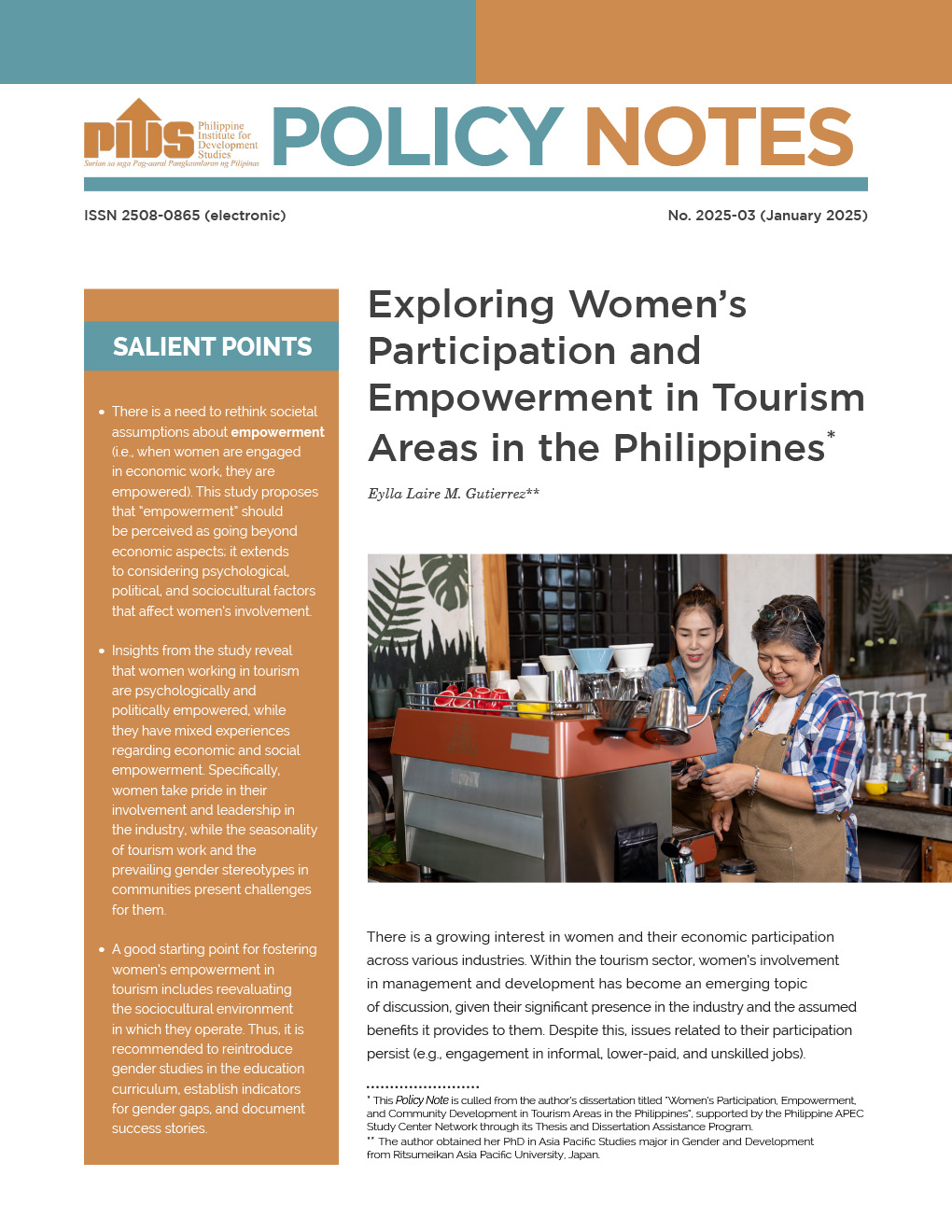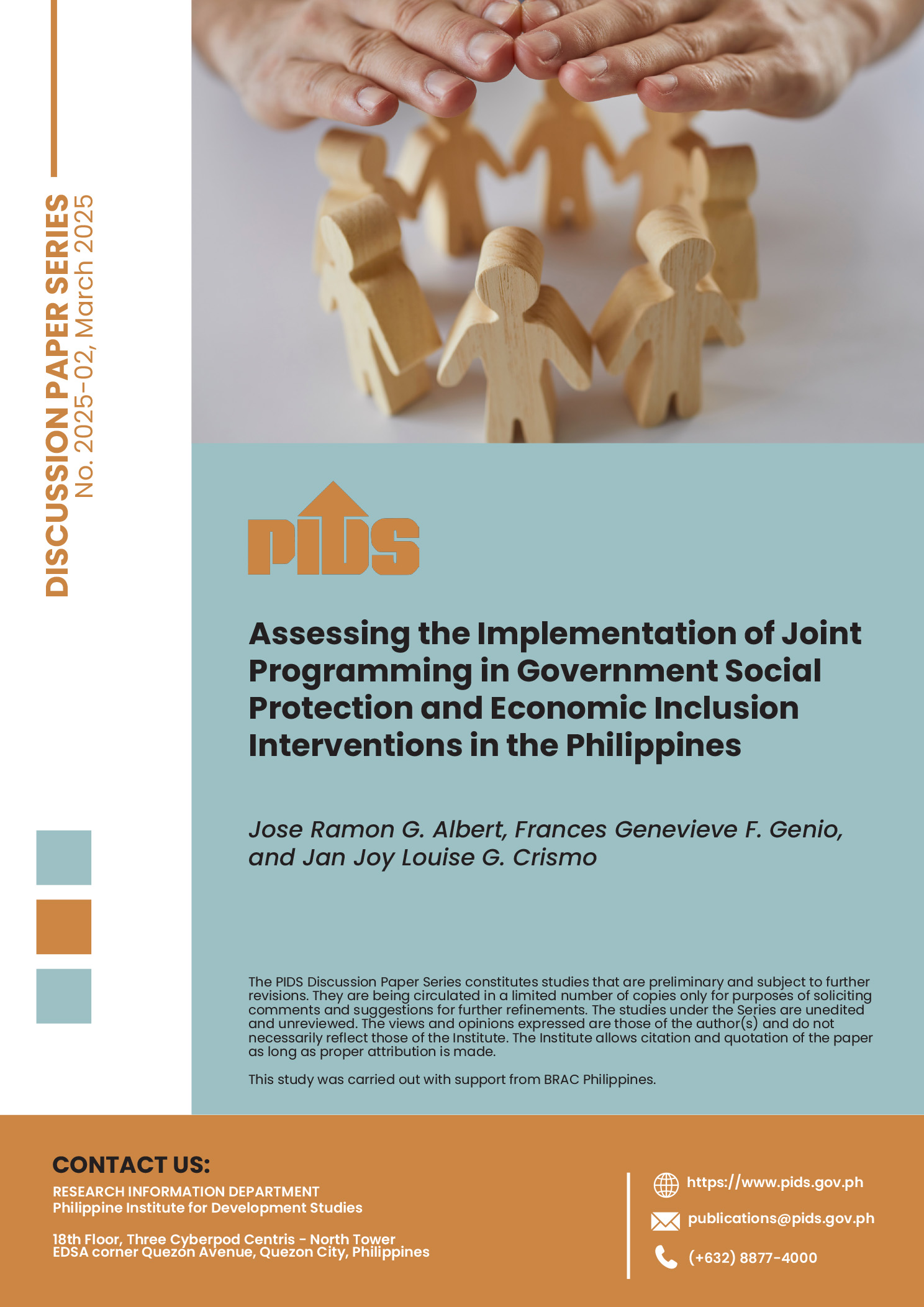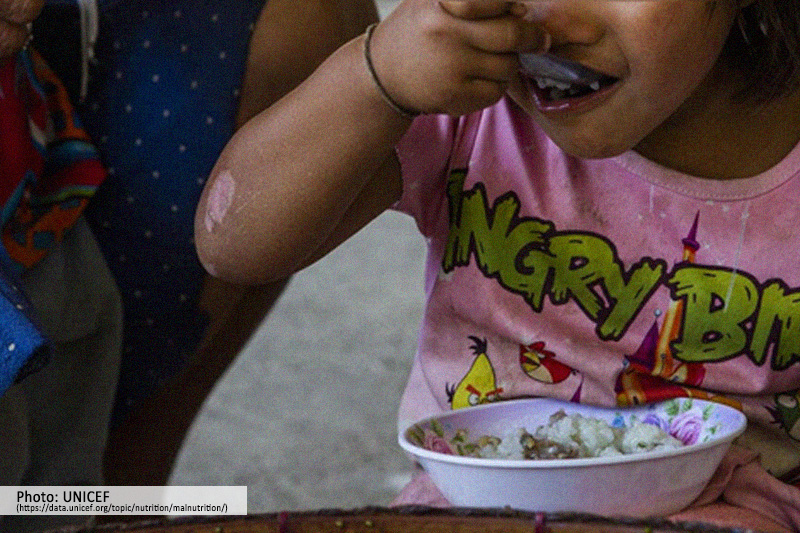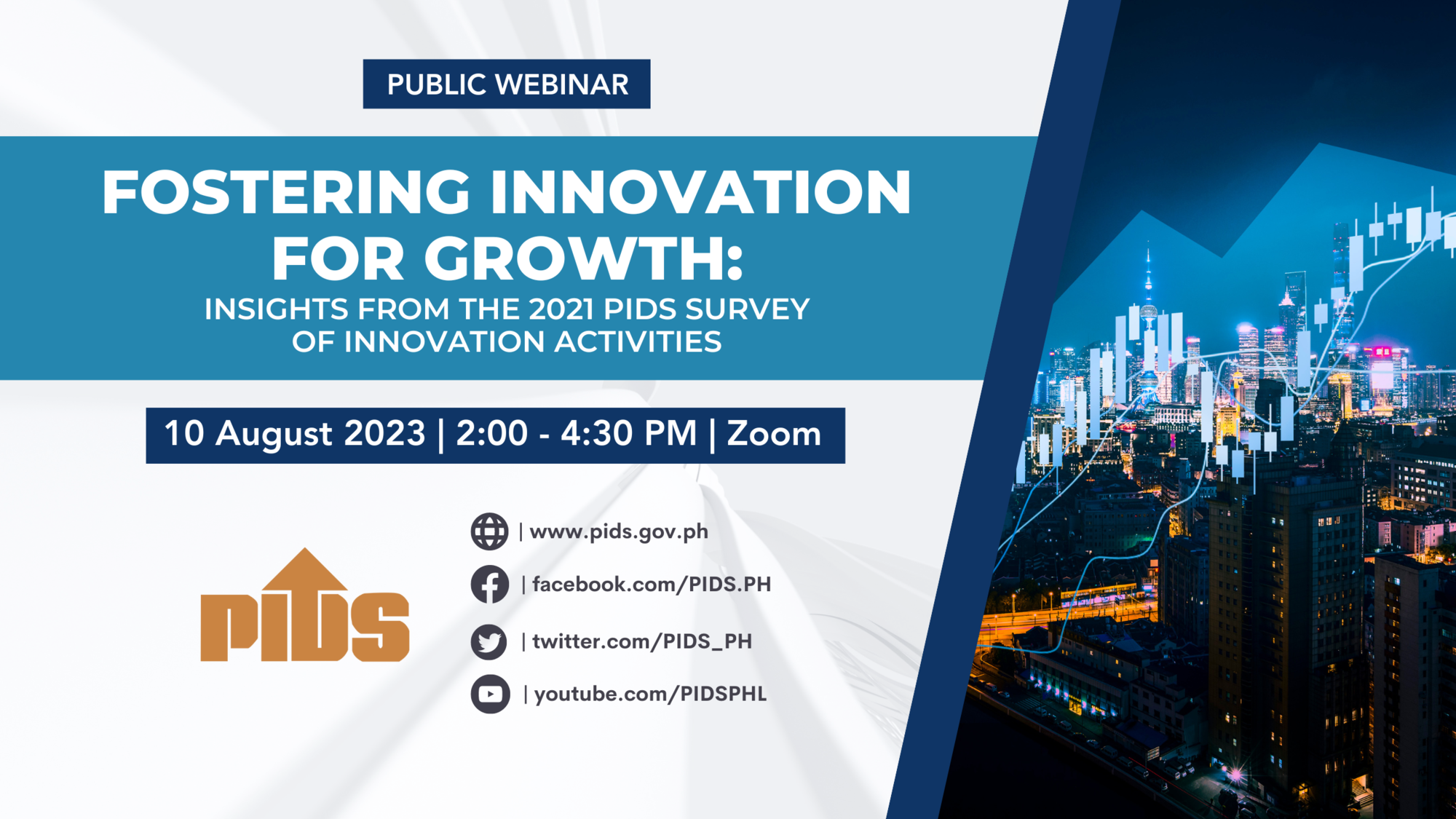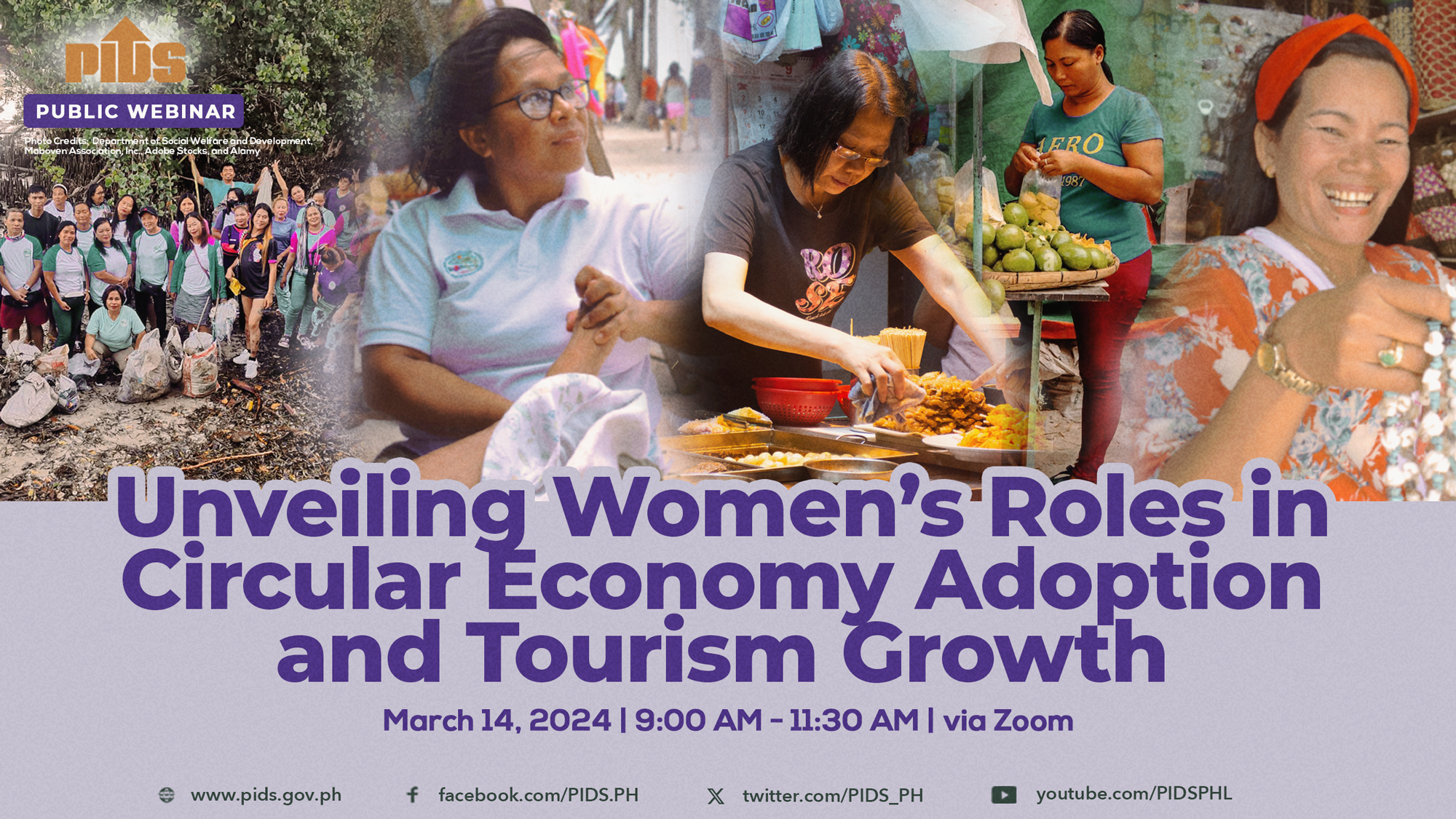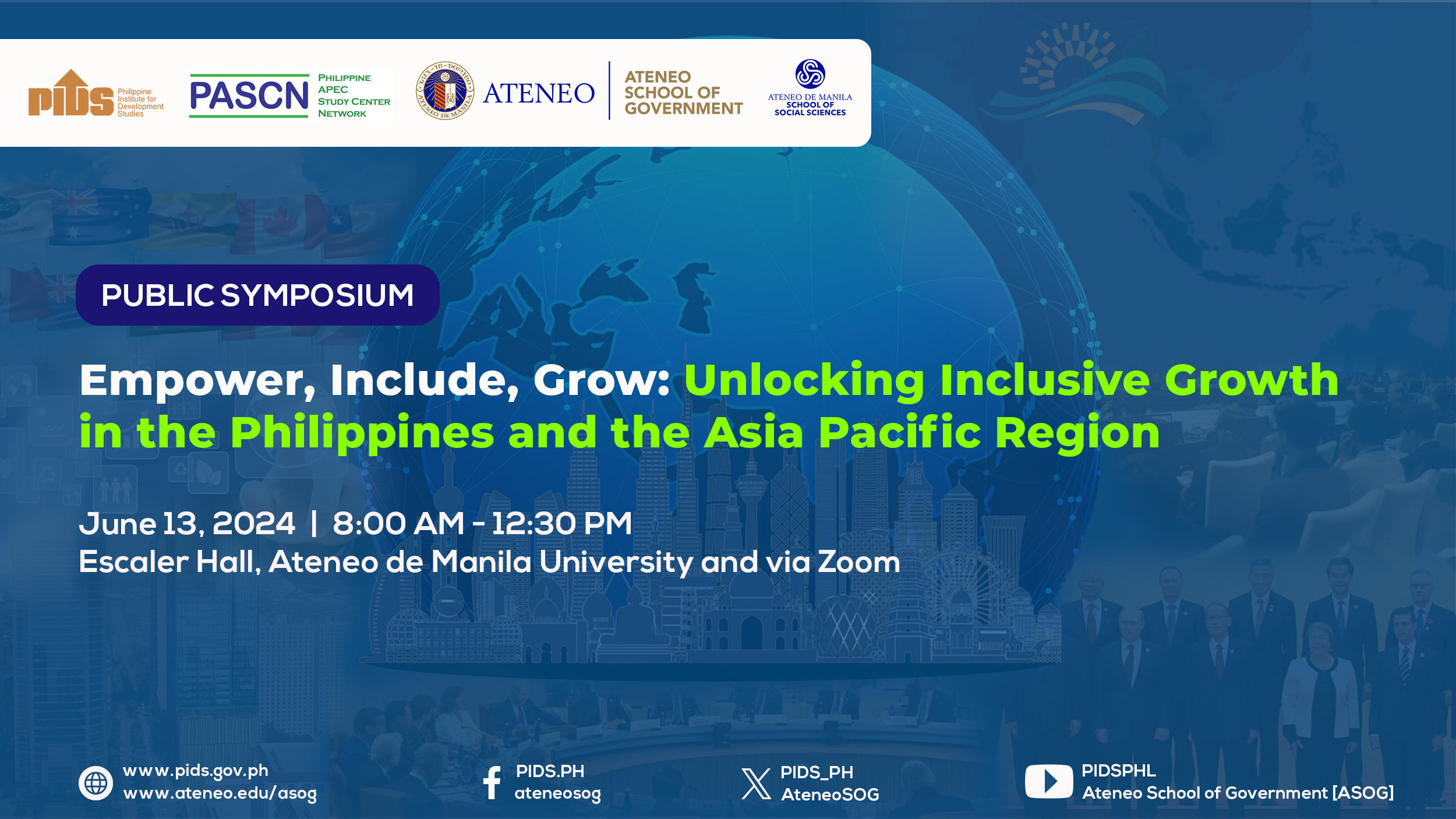Last week, reacting to the result of a Social Weather Station survey showing that joblessness had risen to 27.5% in the last quarter of 2013, President Aquino convened a full Cabinet meeting, which he rarely calls. An "action plan for poverty reduction” was tackled, reportedly for almost eight hours.
Judging from the post-meeting media briefing, given by Arsenio M. Balisacan, National Economic and Development Authority director-general, the P-Noy government appeared to have grudgingly come to terms with the intractable problems of "jobless growth” and endemic poverty.
The sobering assessment, in sum: Despite the relatively high level of economic performance (GDP growth around 7%) touted as the second highest in Asia next to China’s, the P-Noy government will not have substantially reduced the high levels of poverty and unemployment-underemployment incidence when it ends its six-year term in June 2016.
In fact, Balisacan projected that a "major reduction” in the country’s poverty incidence may be attained – through sustained economic growth – in the next 10 or, he hastened to add, "even better” in 20 years.
His projection reflected the finding of a research-study, done by the state-funded Philippine Institute for Development Studies, that the country will not meet its target, under the UN Millennium Development Goals, to reduce poverty incidence by half, from 33.2% in 1991 to 16.6%, by 2016.
The target, the PIDS study says, may be achieved only by 2025. At best, Balisacan surmised, poverty incidence can be reduced to 20-23% in 2015 and further to 18-20% by 2016.
For the failure to meet the MDG target, Balisacan blamed the fact that from 1994 to 2009 the poverty level hardly changed. He described that period as a "lost decade” for poverty reduction but didn’t provide details.
Since 2009, he pointed out, poverty incidence declined modestly from 27% to 25.2% in 2012.
Some progressive economists and social scientists have attributed endemic poverty to the failure of successive governments to sustain the economic-growth momentum in the mid-1950s to early 1960s – when the country was considered as next to Japan in terms of development. Specifically, they underscore the twin failures to industrialize and to carry out thoroughgoing agrarian reform.

